If you’ve watched Pilot Debrief for a while, you know I like to walk through accidents the way we’d talk about them in a ready room: calm, candid, and focused on what we can learn. This one involved a Smith Aerostar 600, registration N9784Q, that went down just north of South Haven Area Regional Airport (LWA) in Michigan on August 2, 2022. Both occupants were pilots. One was in the left seat, an airline transport pilot and multi-engine flight instructor. The other—who owned the airplane—was in the right seat and held a commercial certificate with single-engine and instrument ratings. The plan that morning sounded simple: stay in the pattern and do a few touch-and-goes. The airplane never returned.
Who Was Flying, And What Experience Did They Bring?
Here’s where the human element matters. The left-seat pilot held an Airline Transport Pilot certificate and was also a flight instructor for single- and multi-engine airplanes and instruments. He had about 28,500 total hours, but zero time in this specific make and model. The right-seat pilot/owner held a commercial certificate (single-engine land, instrument) with about 3,250 total hours. That’s a lot of experience between two aviators, but note the mismatch: one pilot had deep total time and instructional credentials yet no Aerostar time, and the owner wasn’t multi-engine rated.
The Airplane And The Mission
The Aerostar 600 is a high-performance, retractable, twin-engine airplane. This particular aircraft had an annual inspection less than two months prior, on June 10, 2022. Weather that morning was benign—VMC, light winds, and good visibility—so we can put environment in the “not a factor” bucket. The airport table on page 7 shows the airplane as a two-seat configuration and confirms the recent annual; the weather row shows clear skies, 10 miles visibility, and a light easterly breeze.
The intent that morning? Touch-and-goes to shake out the airplane. According to the copilot’s friend and spouse, this was the Aerostar’s first flight since the owner bought it—and that purchase was about five years earlier. They reported he planned to remain in the pattern and do three takeoffs and landings after a preflight. That plan never played out. When the friend realized the airplane had disappeared from the pattern and didn’t show up elsewhere, the search started. The wreckage was found the next morning in woods roughly a mile north of the airport.
What The Wreckage Said
The accident site told a fairly consistent story. Investigators found the flaps at about 45 degrees, the main landing gear not up and locked, and the left propeller unfeathered. Those three clues matter a lot in twins. The left propeller showed marks associated with low rotational speed at impact—think low power or windmilling—while the right propeller bore signatures of higher power and rotational energy. In plain terms: the right engine was producing power at impact, and the left likely wasn’t.
Internally, the left engine’s fuel system raised eyebrows. The fuel injector servo inlet screen was “held into place” by sediment and corrosion; the engine-driven fuel pump showed resistance and, when spun with a drill, produced weak suction and compression. On the other side, the right engine’s comparable components were clean and behaved normally in post-accident tests.
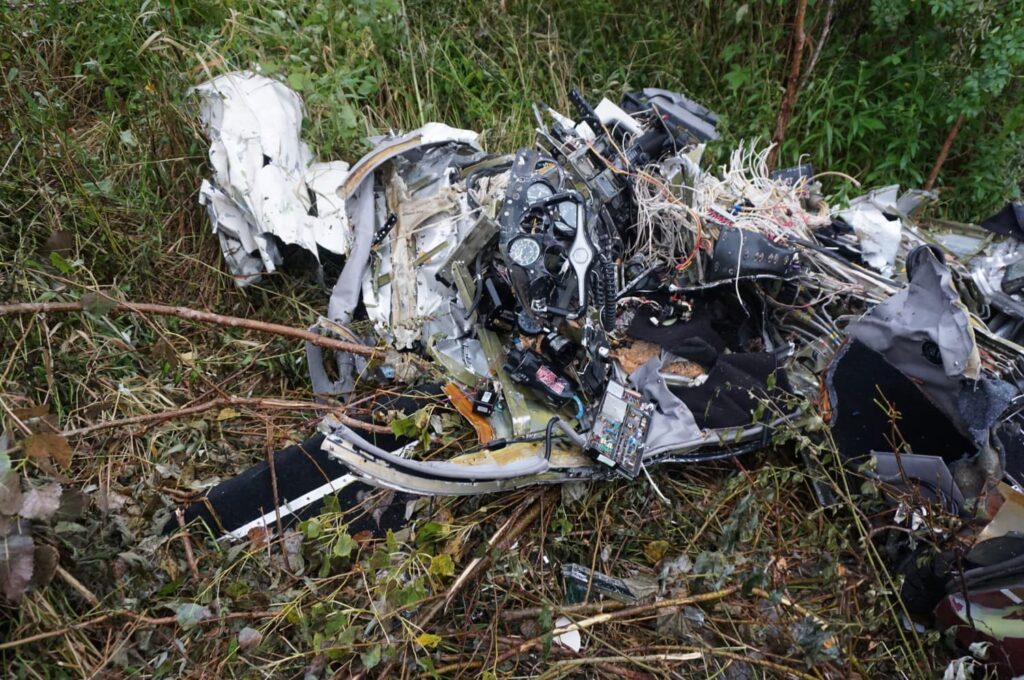
The Likely Accident Sequence
We don’t have radar returns or witnesses to draw a track line in the sky, but the NTSB connected the dots like this: while maneuvering in the pattern for those touch-and-goes, the left engine likely lost power. With asymmetric thrust—right engine producing, left engine lagging—the airplane descended into the trees and terrain about a mile from the field. That reconstruction matches the physical evidence: flaps extended, gear not retracted/locked, and the left prop still windmilling rather than feathered. The Board’s conclusion: a left-engine power loss due to fuel system contamination, with the configuration choices degrading single-engine performance.
Configuration And Performance: The Aerostar Reality Check
Twin-engine airplanes can be wonderfully capable on one engine—but only if the airplane is cleaned up and flown by the numbers. The type certificate holder’s representative put it bluntly: depending on weight, the Aerostar generally could not maintain level flight on one engine unless the flaps and gear were up and the failed engine’s propeller was feathered. Here, investigators found flaps 45°, gear not up and locked, and the left prop unfeathered. If the crew was troubleshooting or caught low and slow with the airplane still configured for landing, performance would have been stacked against them.
Why Did The Engine Quit?
The lab work on the hardware is the key. A fuel injector servo plugged with sediment and corrosion is a recipe for fuel starvation or severe restriction. Pair that with an engine-driven pump that shows weak suction and compression on the bench, and you have multiple failure points living in the same system. The NTSB tagged the defining event as fuel contamination and called the probable cause a loss of power on the left engine due to contamination of the fuel system. The contributing factor was the failure to properly configure the airplane for single-engine flight.
The Human Side
It’s hard to miss the irony: two high-time pilots, one of them a multi-engine instructor, flying a first flight after years of airplane work. The left-seat ATP had enormous experience but none in this particular Aerostar; the owner in the right seat wasn’t multi-engine rated. That’s not an indictment—it’s context. In a first-flight scenario after extended downtime, with one pilot learning the type and the other not rated for it, the crew would have needed very clear roles, a conservative plan, and pre-briefed “if this, then that” single-engine actions. The NTSB didn’t have cockpit recorders to tell us how that crew coordination played out. What we do have is a configuration at impact that suggests the airplane was still dirty and the failed engine’s prop unfeathered—a combination that drastically reduces climb capability.
Four Takeaways I’d Brief My Students On
- Cleanliness is a system, not just a tank. Fuel contamination often gets framed as “water in the sump.” Here, the contaminant lived in the servo screen as sediment and corrosion. That’s a maintenance and storage story, not just a preflight sample story. If you’re bringing a long-inactive airplane back to life, treat the entire fuel system as suspect until inspected, flushed, and function-checked under flow.
- First flights demand first-flight discipline. Even in VMC at home base, a “back in the pattern” plan can hide risk. For a multi after long dormancy, a no-flap, full-length, stop-and-go profile with explicit abort points keeps configuration simpler. Build in an altitude gate before any configuration changes so you have room to diagnose and clean up if something sours. The purpose that day—touch-and-goes on a first flight—placed the airplane close to the ground when the trouble likely started.
- Single-engine configuration is non-negotiable. If a twin loses one, the flaps come up, the gear comes up (or stays up), and the dead prop is identified and feathered—immediately and by habit. On the Aerostar, that difference can be the line between holding altitude and settling into the trees. The wreckage evidence was textbook for “not cleaned up.” Practice the flow. Chair-fly it. Make it muscle memory.
- Experience isn’t type experience. The left-seat pilot’s 28,500 hours didn’t translate into Aerostar-specific habits and numbers. If you’re coaching someone in a new type—especially a twin—be explicit about Vmc, Vyse, and the checklists unique to that airframe. Zero time in type is zero time in type, even with an ATP.
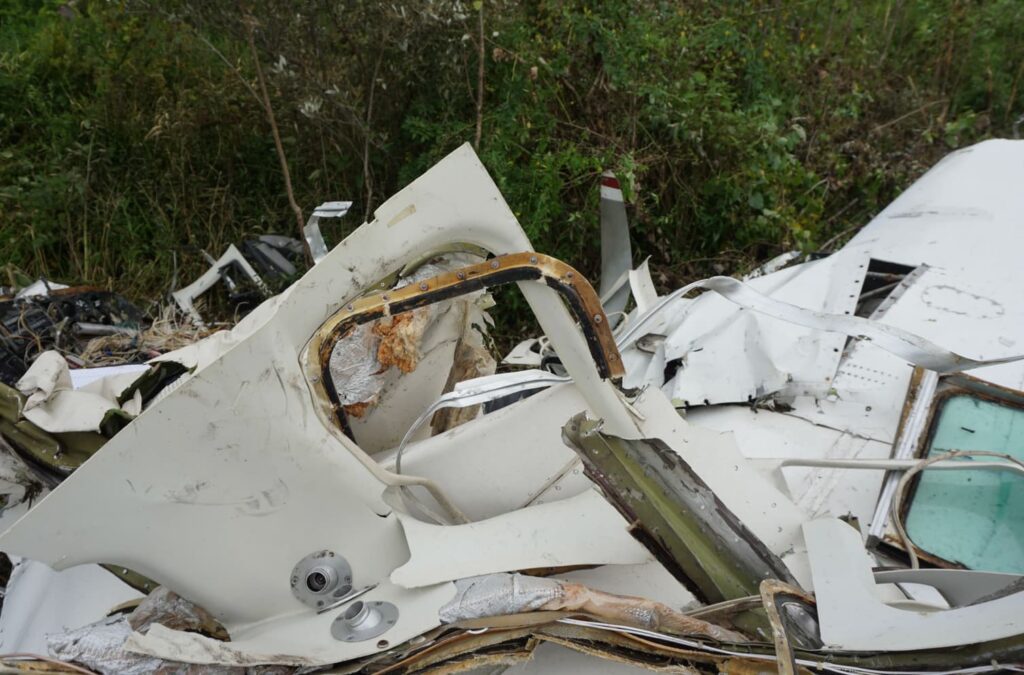
Closing Thoughts
This wasn’t a thunderstorm, an icing trap, or a black-box mystery. It was a first flight after years on the ground, a contaminated fuel system that hobbled the left engine, and a configuration that gave away single-engine performance when the crew needed every foot-per-minute they could buy. The NTSB’s probable cause pinned it on left-engine power loss due to fuel system contamination, with the crew’s failure to configure for single-engine flight as a contributor. It’s a tough reminder that mechanical and operational margins stack—or erode—together. The checklist items we brief in multi-training aren’t academic. They’re the lifeline.

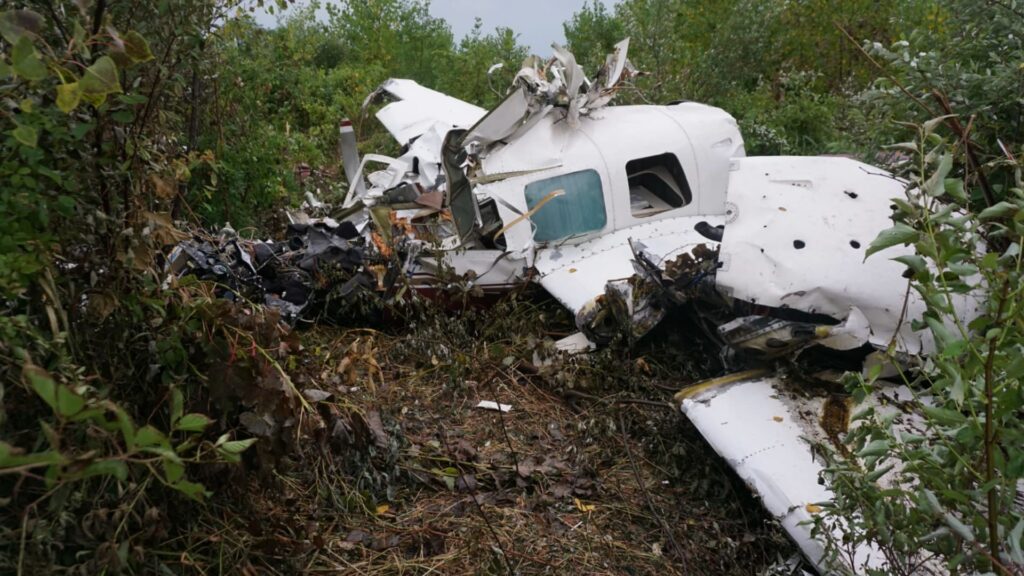



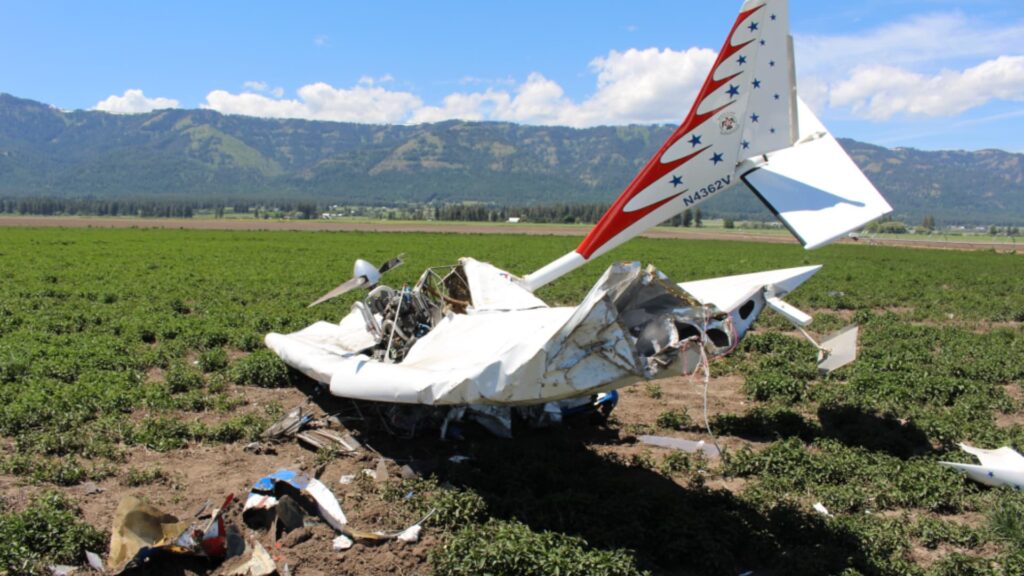
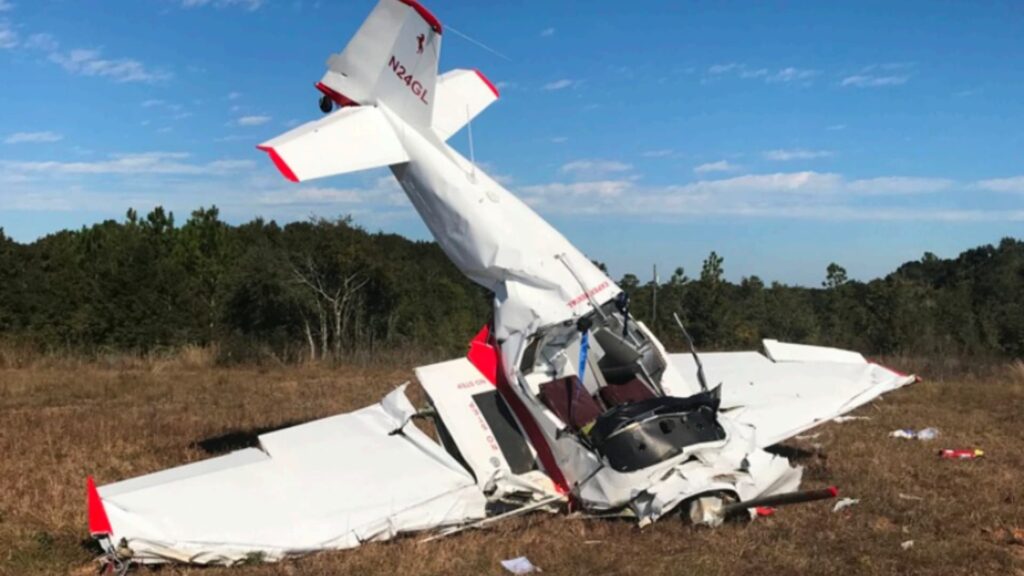
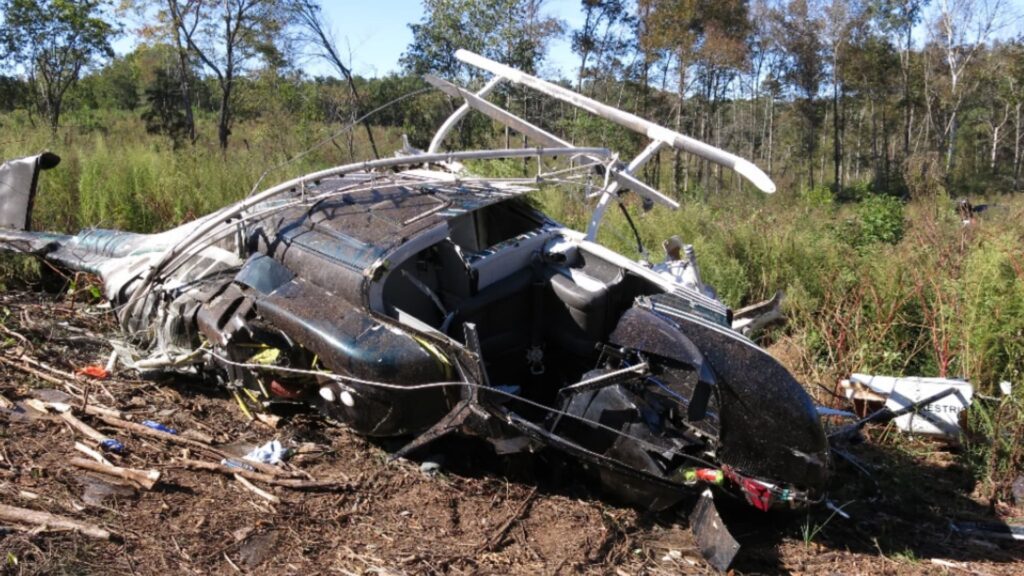
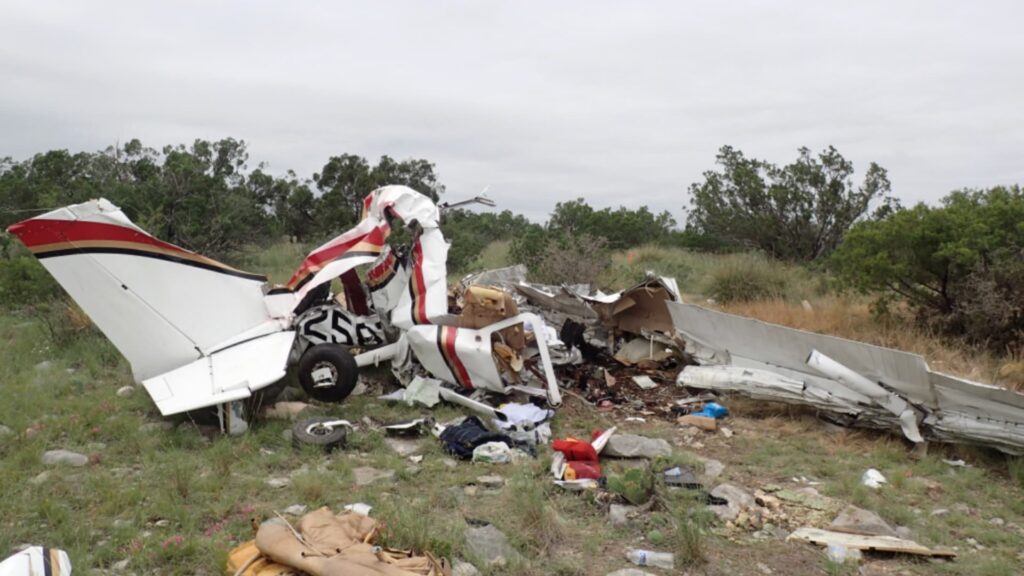
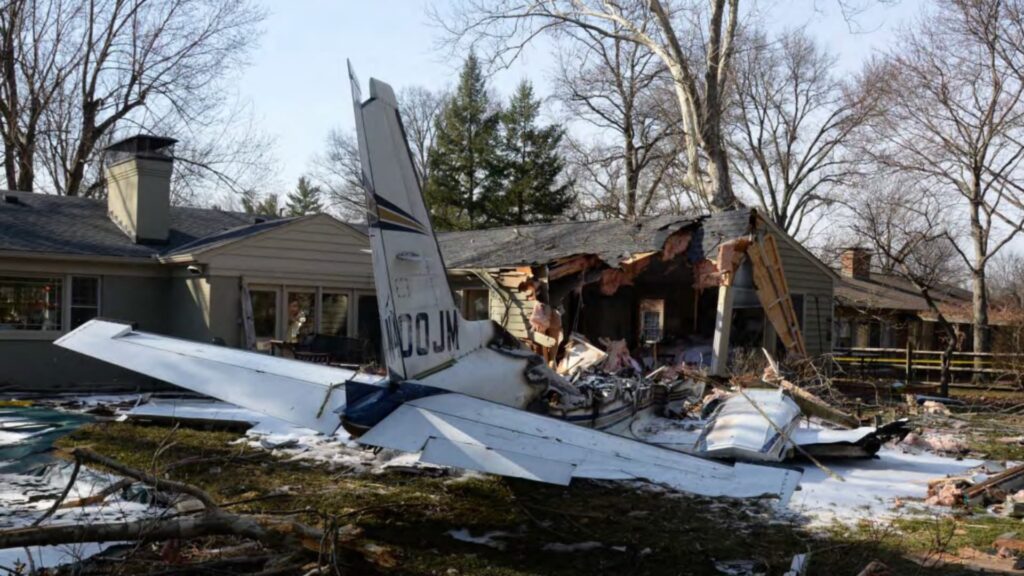
4 Comments
The only question I have is when were the flaps and gear extended? With that sort of experience in the cockpit, one might expect for the pilots to fly the airplane as far into the crash as they could and if the descent into the ground was inevitable, hang everything out just prior to impact yo help with the impact. I just can’t imagine those pilots trying to fly with an engine out and 45° of flaps out, particularly in the squirrely Aerostar.
Especially knowing engine failure or loss and Vmc. Sitting dormant for five years would have me checking mechanical and systems things THOUROUGHLY on the ground before aviating in the machine. If the post accident inspection can find the cause then the pre flight inspection can also. Tragic but even with all the experience, headwork was missing. Sorry to be blunt but aviation can be unforgiving if you don’t apply some simple actions.
The plane had an an annual two months before the accident. Should the fuel problems have been caught during the annual?
NO mechanical inspection??? NO ‘current’ annual??, The most experienced pilot (and MEL CFI at that!!!) didn’t have the engine failure procedures tatooed on his brain??. Total disaster recipe[s[!!! All the rest of it is entertainment. Engines fail all the time- the exact cause in this case is academic.
What is “first flight after “years of “airplane”(???) -what does that mean???? Who was flying- who was PIC???? Who was “flying” current/with appropriate checks. Was anybody legal-certainly not the airplane!!!!